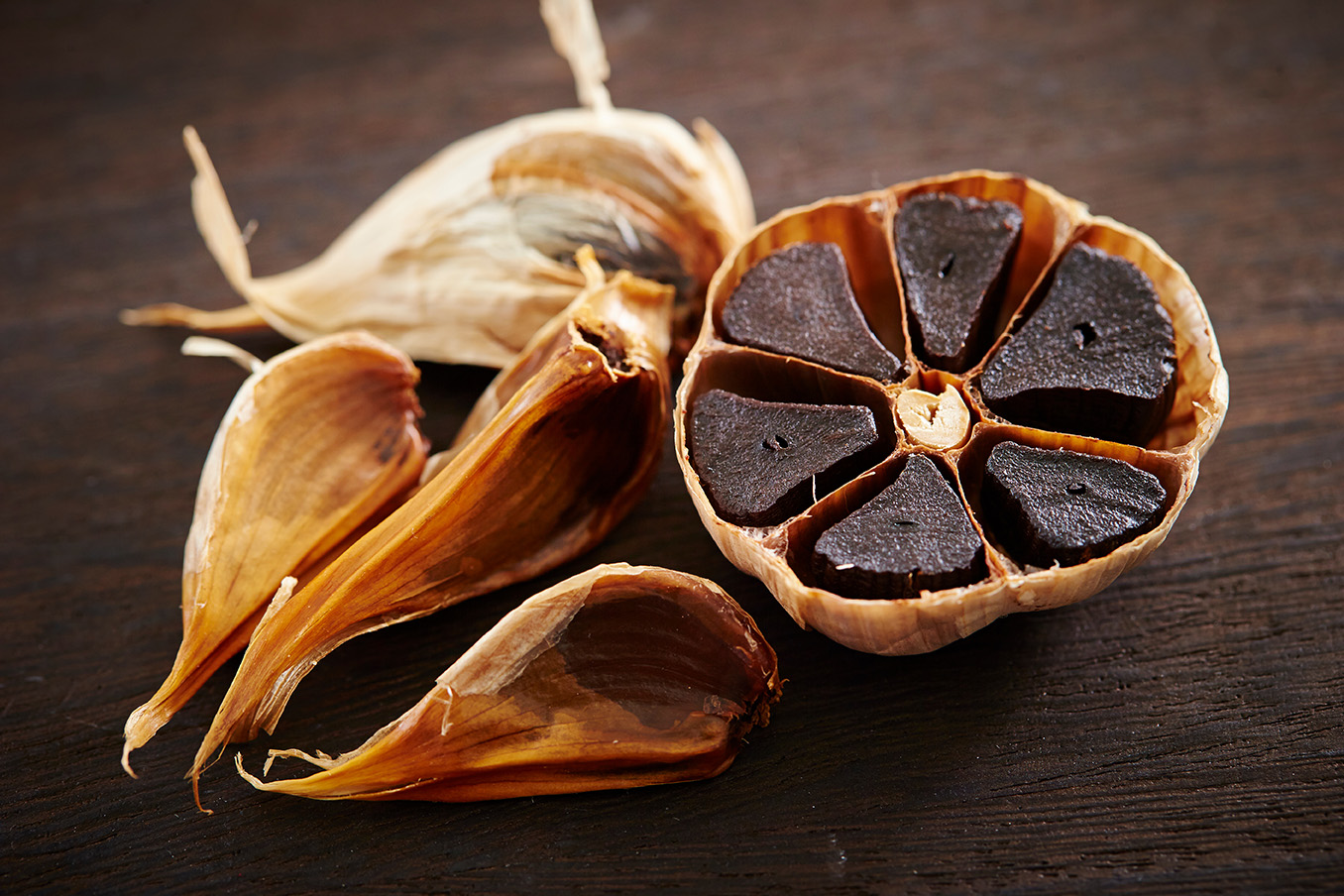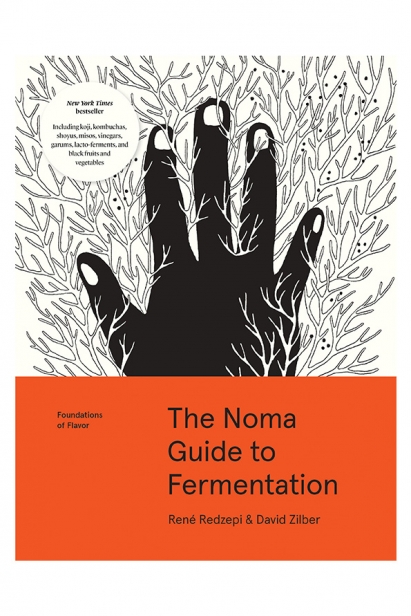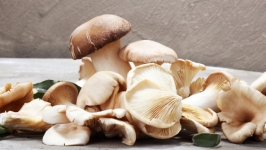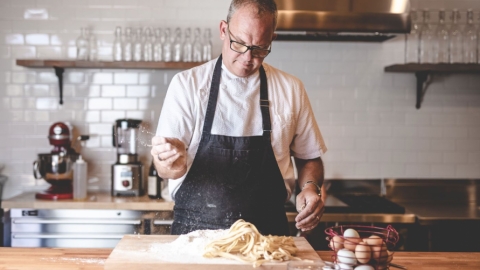Black Garlic
When I first noticed it in various recipes—including a Chef James Porter dish published in the 2023 fall/winter issue of Edible Phoenix, I thought black garlic was an exotic or heirloom variety of the grocery store species we all know, Allium sativum. After decades cooking professionally and studying food, how had I not heard of it? I was curious to learn more and to try it.
Black garlic is ordinary garlic that has been transformed by a special processing technique. It likely originated in Southeast Asia—probably in Korea, the land of ancient fermentation traditions and birthplace of kimchee. With a unique umami flavor—both fruity and savory—and chewy, date-like texture, it is surprisingly delicious. The raw garlic sharpness fades into the background and becomes a mere suggestion.
In The Noma Guide to Fermentation, chefs Rene Redzepi and David Zilber of the famed Copenhagen restaurant Noma write that, centuries ago, Koreans used clay pots to age garlic during the hot, humid summers. The authors state the black garlic process is not fermentation but rather “blackening,” a chemical and enzymatic transformation similar to the Maillard reaction that occurs when searing meat, toasting bread or caramelizing onions. The blackening occurs slowly, at 85–90% humidity and 140–160°F, which would inhibit fermentation.
You can make black garlic at home in a slow cooker, rice cooker or high-quality dehydrator. Basic steps:
- Choose best-quality garlic, either hard or soft neck.
- Heat and keep humid for about three weeks in rice cooker, crock pot or dehydrator.
- Cool, then air dry on metal rack, parchment-lined baking sheet, or paper-towel-covered plate for a couple of days.
- It will keep well in a covered container for a month. To store longer, place in a covered container in fridge or freezer.
Alternatively, you can create a “fermentation chamber” from a Styrofoam cooler. Redzepi and Zilber offer detailed instructions in the book.
My Own R&D:
Test 1: Slow Cooker
I set my slow cooker to “low” and tucked soft-necked bulbs into a covered ceramic pot with a double layer of wet paper towels. However, the temperature setting was not low enough and the humidity not high enough. The garlic dried out and became tough after a week.
Test 2: Old-Fashioned Heating Pad
I turned the heating-pad controls to the lowest setting. It was warm to the touch, not hot. I placed soft-neck garlic heads in a sealed zip-top bag with a wet paper towel. I wrapped the heating pad around the bag and rotated it every few days for 18 days, until the garlic head was a smokey charcoal gray and the cloves felt tender when pressed. Next, I let the heads air-dry on brown paper … et voilà! They were ready to use in three weeks. According to some recipes this was a fast process, but the results were as good as any other black garlic I have tried. However, this Rube Goldberg method is risky, and I do not recommend it. Heating pad instructions specifically warn of potential fire hazard if left turned on continuously.
Test 3: Rice Cooker
I borrowed a rice cooker. Taking cues from several recipes, I wrapped a few hard-neck garlic bulbs in a double layer of aluminum foil and placed the packet on an inverted saucer so it would not burn by contact with the metal cooking element. I added a wet, wrung-out washcloth to ensure humidity. With the controls on the “keep warm” setting, I anticipated the process to take three weeks and checked about every five days to ensure the garlic was not overheating or drying out.
After 12 days, the garlic had turned black. The texture was not as tender and the flavor not as sweet as produced by the heating pad method, results I attribute to variable humidity (the garlic was not in an airtight package and the washcloth dried out every few days), the heat level and perhaps the smaller, hard-neck bulbs (the quality and type of garlic make a difference in the final product).
For the rice cooker method, I recommend placing the garlic and moist cloth in a zip-top bag to ensure steady humidity. Monitor the progress and rotate the bag every few days. The garlic is ready when the skin is smokey brown and the cloves are tender when pinched and as black as licorice. If you are curious but want to save time, commercially processed black garlic is sold at some specialty food stores and farmers markets and is widely available online.
Ways to Enjoy
Pop a clove in your mouth for a satisfying, umami-packed snack.
Black garlic serves nicely as a garnish for a variety of dishes: Slice thinly and sprinkle over salmon filets baked with a mustard and rosemary glaze. Garnish Mediterranean-themed seafood pasta dishes. Add to a mushroom risotto.
Chop finely and add to olive tapenade.
Enhance sauces or marinades by puréeing and blending with other ingredients. I like to mash two cloves with a teaspoon of water and a few drops of soy sauce. Spread the paste on toast, then top with fresh rosemary and crumbled feta. Toss steamed green beans or broccoli with the paste.
Combine minced black garlic and fresh parsley with softened butter; use to garnish roasted cauliflower, hamburgers or baked potatoes.
Mash a few cloves with 1–2 teaspoons miso, 2 tablespoons soy sauce, a squeeze of lime (or 1–2 teaspoons rice vinegar) and a dash of fish sauce. Use as marinade for meat or fish.







